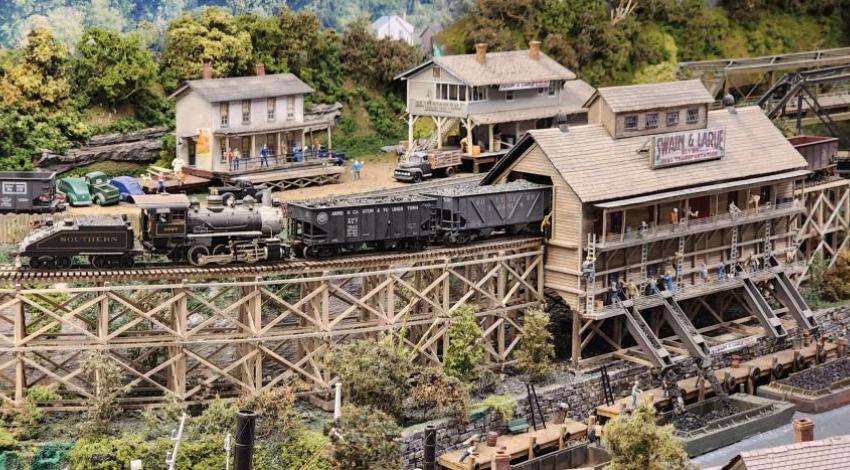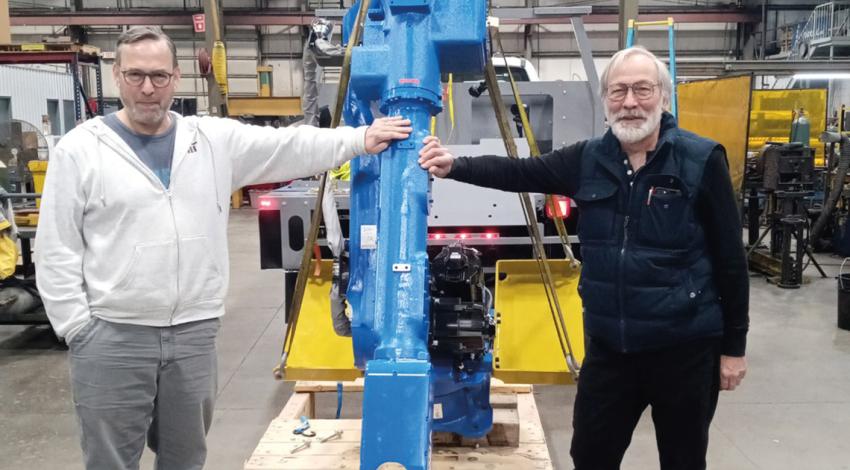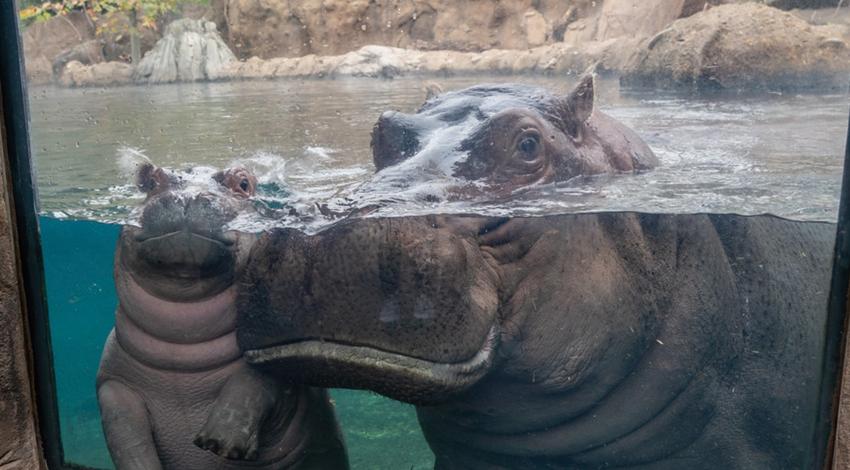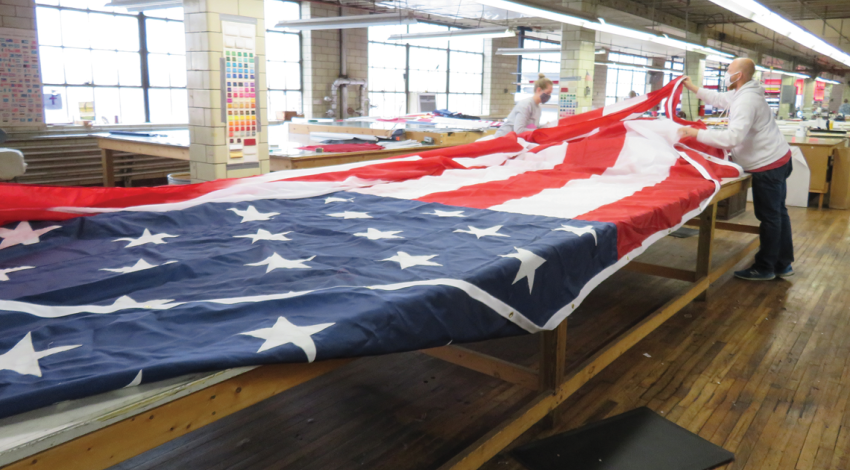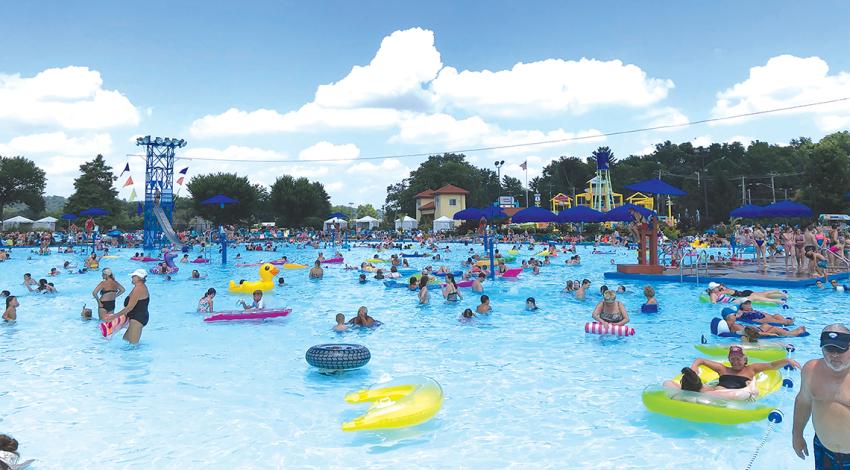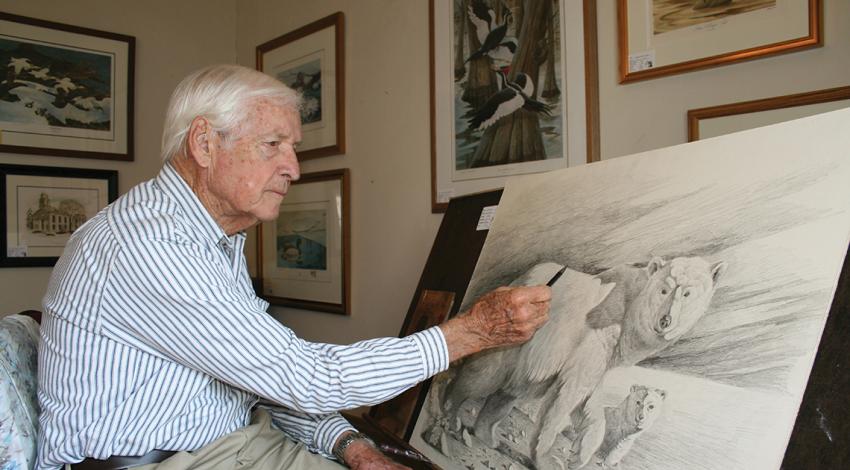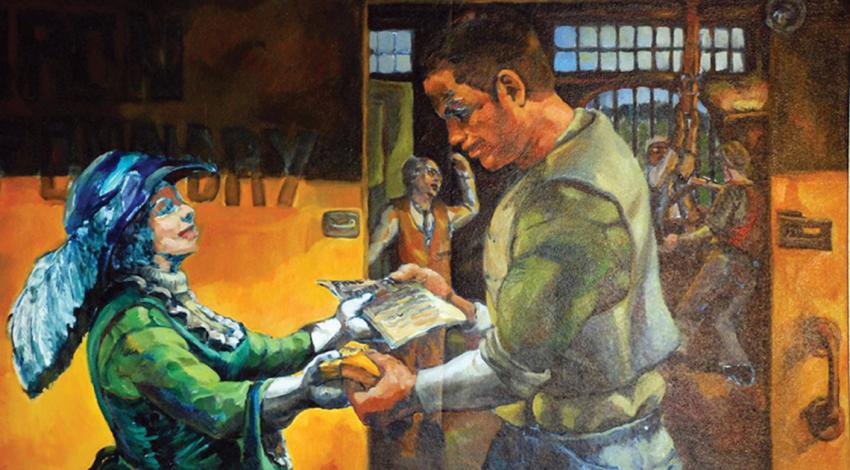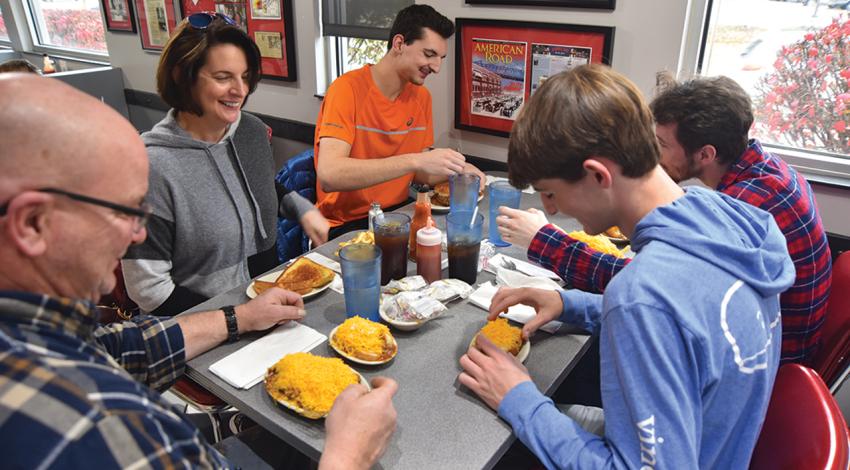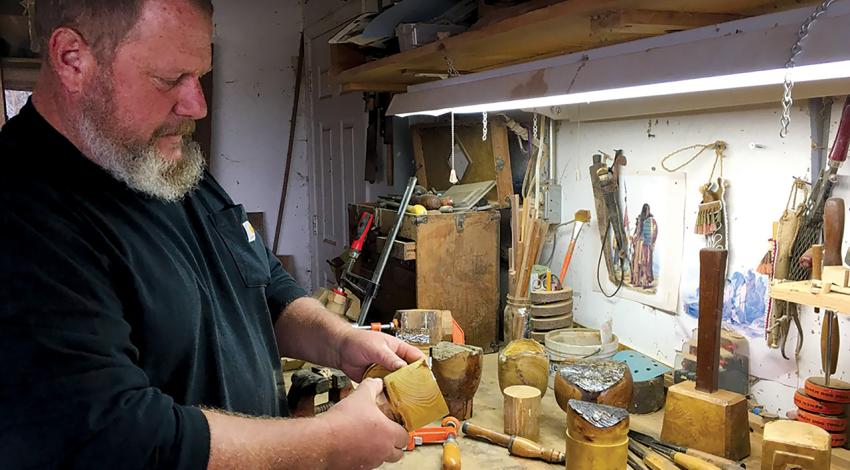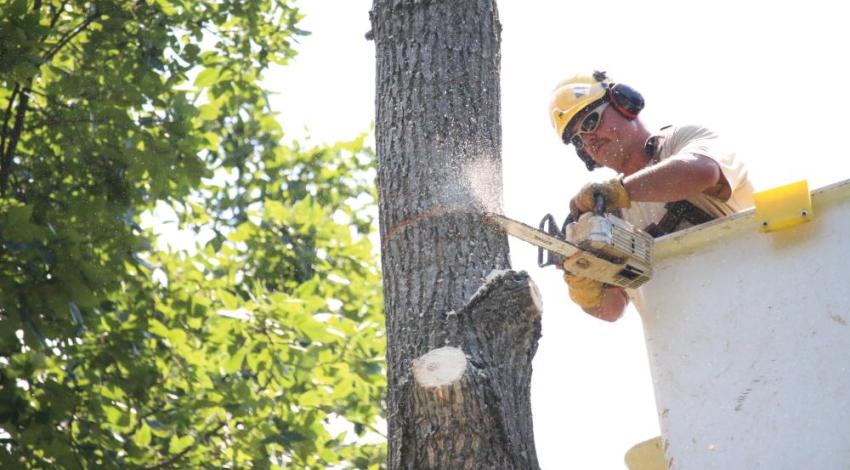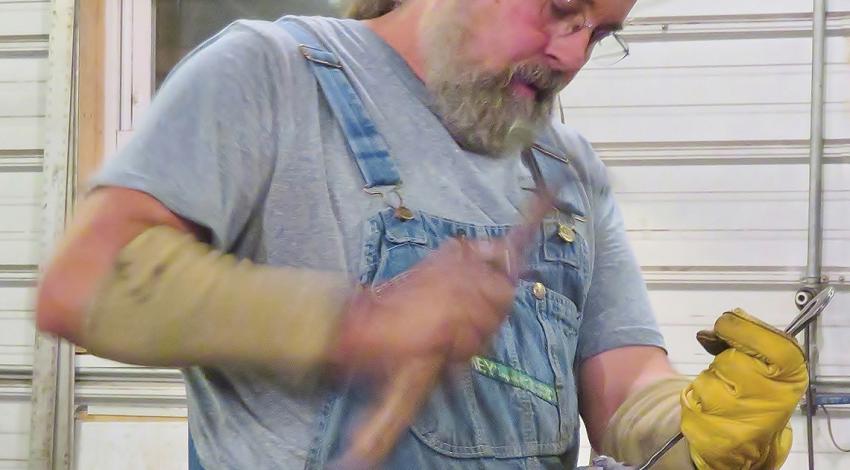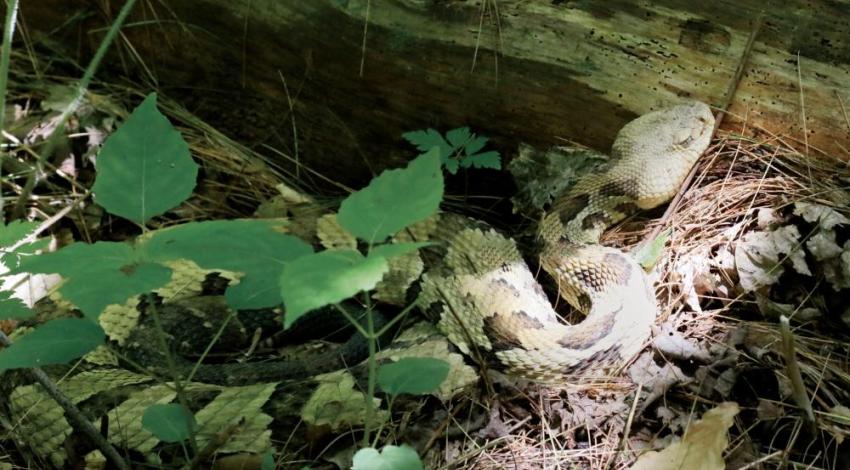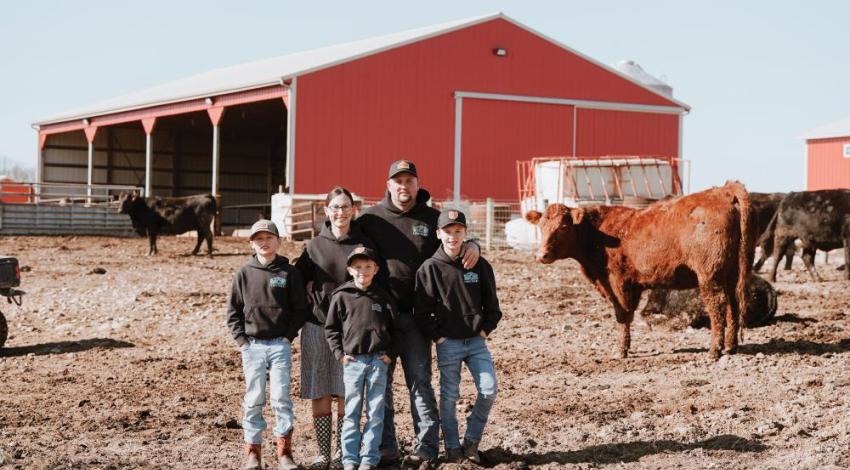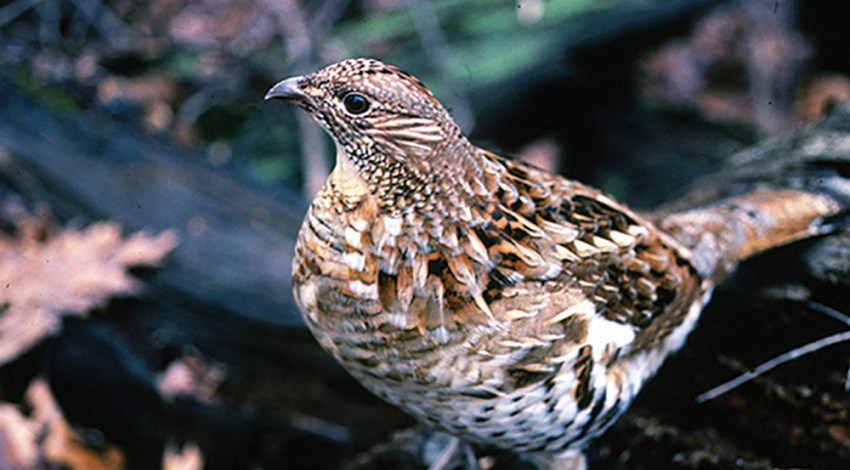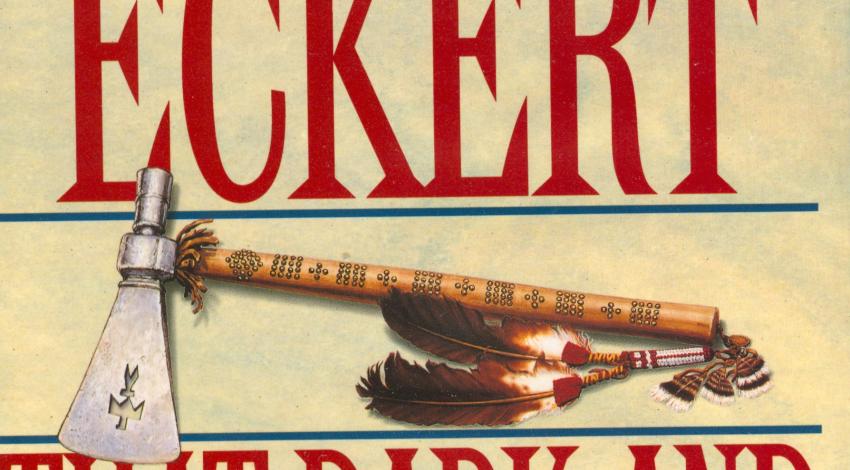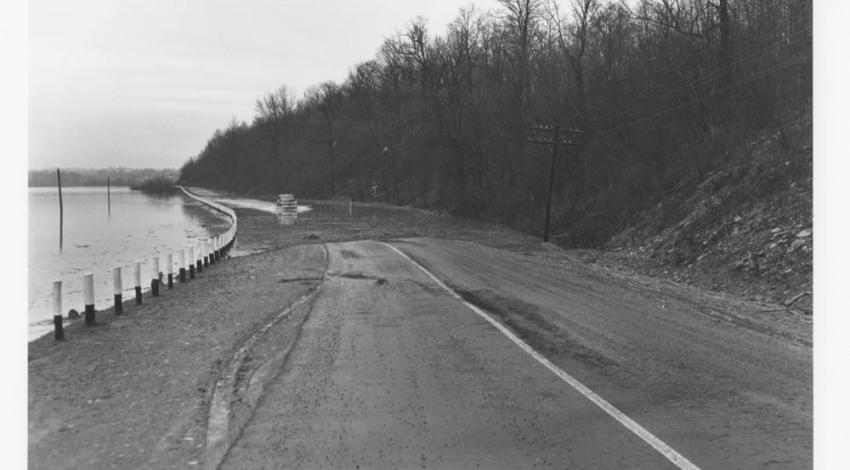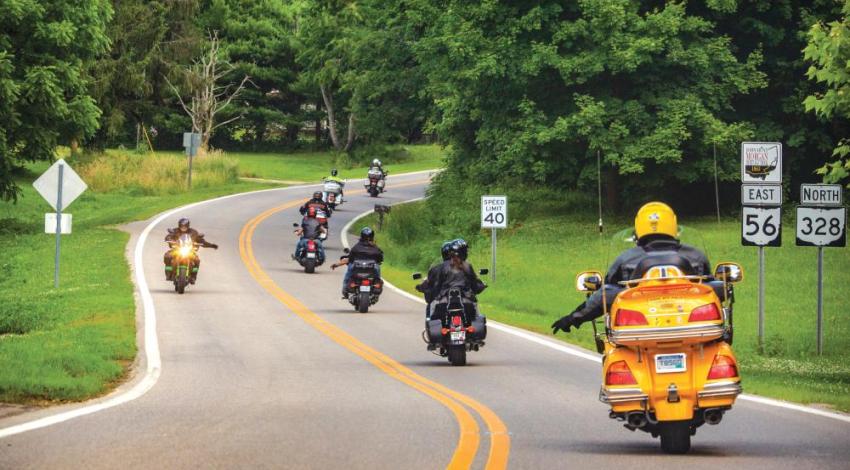Jody Davis got his first electric train for Christmas when he was 8 years old. But his love affair with trains started even earlier.
Davis joined Associated Model Railroad Engineers of Coshocton when he was 14, and currently, at 55, serves as president.
An early start
It’s a familiar story with model railroaders: A childhood fascination with trains leads to a Christmas or birthday gift of a model train set. Retired music educator Bruce Knapp, 81, of North Bend, is still an active participant and member of the National Model Railroad Association’s Cincinnati chapter.
